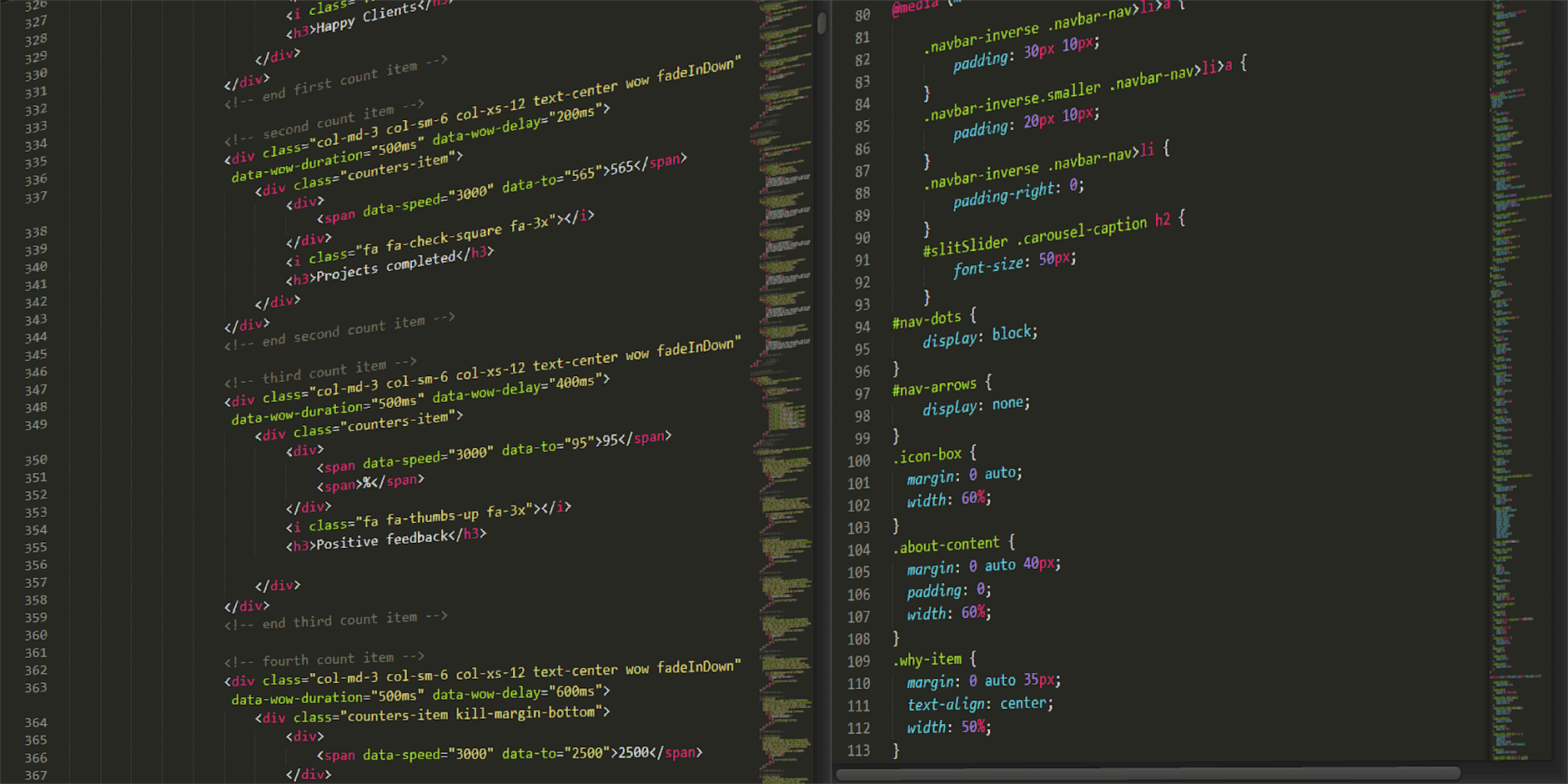Why Employees Are Finally Falling in Love with HR Software

Asking employees to wax lyrical about HR software might once have seemed like a setup for a punchline. For years, the words “HR tech” conjured images of clunky interfaces, labyrinthine processes, and that sinking feeling that you had to email someone, anyone, for help finding where to request a day off. Many HR platforms were born as compliance tools for organizations, not as instruments of employee empowerment. The resulting user experience often reflected this: a necessary chore, rarely a delight.
Yet, over the past few years, a quiet revolution has reshaped the space. It is not just technologists and HR leaders who have noticed. A quick scan of user review sites, employee Glassdoor posts, and LinkedIn threads reveals a new breed of HR software that employees rave about. There is genuine enthusiasm in comments about easy PTO requests, beautifully designed onboarding checklists, and chatbots that understand the nuances of life outside the office. What happened? What do these standout solutions have in common, and what are the implications for organizations still lumbering along with the systems of yesteryear?
The answer involves a confluence of shifting workplace dynamics, rising employee expectation, and the maturation of technologies that finally put user experience front and center. The pandemic shock accelerated remote work, which in turn made digital HR tools non-negotiable for millions. Employees could no longer ask questions at the desk or print forms in the office; every interaction with HR was mediated by technology. Software that previously just managed paychecks suddenly became the employee’s primary gateway to the organization. And so, employees voted with their engagement, either embracing user-centric tools or growing frustrated with platforms that made simple tasks feel Herculean.
But the deepest shift has been cultural. In the new landscape, HR software is not just a tool for record-keeping; it is an extension of employer brand, a reflection of company values, and often the first impression for new hires. In a tight talent market, the best organizations understand that their choice of HR software is also a recruitment and retention lever.
Consider the runaway success of platforms like Gusto, BambooHR, and HiBob, names that appear again and again at the top of employee satisfaction rankings. Their interfaces have the accessibility of consumer apps. Holiday requests feel as simple as tapping on a calendar. Feedback modules often resemble social media, with emojis, comments, and conversational flows. Mobile access is standard, acknowledging that not everyone sits at a desk all day. Even more impressive is how these platforms empower employees to self-serve: from updating contact information to accessing paystubs and benefits information in a few clicks.
It is tempting to chalk up their popularity to design, but the reality is more nuanced. These beloved HR solutions reflect both a technical sophistication and a philosophical commitment to empathy. Product teams at these companies draw heavily on user research, sometimes embedding with actual employees during onboarding weeks or running usability studies with a cross-section of frontline staff and managers. They seek to eliminate friction at every turn, aware that each unnecessary step is a moment of frustration multiplied across the workforce.
This attention to employee experience frequently extends to personalization. For example, some systems proactively remind users about upcoming birthdays in their teams or suggest personalized learning paths based on role and aspiration. Small, thoughtful nudges like these compound, helping to foster a sense of inclusion and belonging that software can so easily erode if poorly designed.
The most innovative platforms also leverage recent advances in artificial intelligence and machine learning. Natural language processing powers chatbots that can answer questions about benefits or time off without error-prone back-and-forths. Predictive analytics surface actionable insights, such as flagging when burnout risk is mounting or surfacing equitable promotion pathways. These tools have begun to shift HR from reactive to proactive, a change employees feel and appreciate.
Yet, this transformation is far from universal. For every rave review, there are still horror stories of fluorescent-spreadsheet interfaces and password-reset odysseys. Old-school software, often deeply embedded due to historical purchasing decisions, can be hard to replace. Change brings resistance, not only from finance departments fretting about sunk costs, but also from HR staff who have built complex workarounds atop legacy systems. Some organizations underestimate the emotional impact on staff of clinging to outdated technology. They fail to grasp that, in the eyes of digitally native employees, ancient HR tools are not just inconvenient; they telegraph an indifference to employee experience.
As a result, the gap between employee-friendly HR organizations and the laggards is widening. Companies that invest in employee-loved software see measurable gains. Surveys report higher levels of engagement, lower attrition, and swifter onboarding times. This is not just a tech upgrade, it is a competitive advantage. Word travels fast in talent networks; new hires often cite modern HR systems as a reason for joining or staying with a company.
However, the march toward better HR software is not without challenges. Privacy and data security grow in complexity as these platforms aggregate sensitive information and apply algorithmic insights. Employees want systems that make their lives easier, but not at the expense of transparency or control. Companies that move fast can stumble if they do not communicate clearly about data usage and protection.
Similarly, the best HR software solutions are not monolithic. They integrate seamlessly with learning management systems, communication tools like Slack or Teams, and performance management software. Achieving these integrations requires strategy and prioritization. Organizations must strike a balance between having a single source of truth and allowing enough flexibility for teams to adopt niche tools that meet their unique needs.
The lesson for decision-makers and HR leaders is clear. No longer can HR technology be selected solely for back-office compliance or IT convenience. The modern workforce expects intuitive tools that respect their time, their intelligence, and their aspirations. Delighting employees with thoughtful HR software pays dividends, both seen and unseen. Companies that make this investment today are not just streamlining operations; they are signaling a commitment to their people.
As this generation of HR software continues to evolve, employees’ love for these solutions will not just be about slick features or the absence of frustration. It will be about the sense that their needs matter, that their work is enabled rather than encumbered by technology. In the relentless competition for talent and engagement, that is a differentiator no company can afford to ignore.


